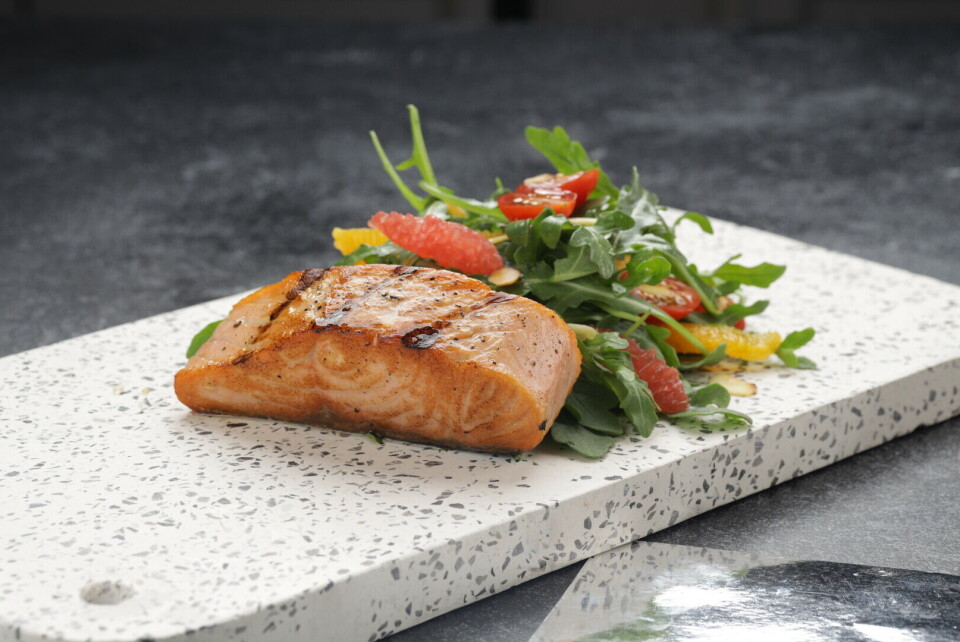
Tougher time ahead for salmon and shrimp farmers, warns Rabobank
Weaker seafood demand is expected in the second half of this year compared to both the same period last year and the first six months of 2022, according to a new report from aquaculture industry lender Rabobank.
With softening demand, price corrections, and persistently high production costs, salmon and shrimp farmer profits are likely to decline from recent highs, and fish farmers may face a challenging 2H. In contrast, fish meal prices are likely to be supported by the high prices of alternatives.
As well as lower demand, supply trends are expected to reverse in 2H. For most regions, and especially Norway, supply in H1 2022 was weak, resulting in a global contraction of 6%. This is expected to reverse in 2H, with both Norway and Chile contributing growth approximately equal to the contraction seen in H1.
Back to retail
Rabobank said recessionary dynamics have already started in both the European Union and the United States in the midst of their Covid recoveries. As such, foodservice demand for seafood is expected to cool in both regions, which means another switch back to retail.
However, China presents an unpredictable factor for 2H 2022. Potentially, there is considerable upside for both shrimp and salmon, especially in the fourth quarter of this year, as long as Covid-related lockdowns and import restrictions are not reintroduced.

Challenging period
“The US remains a strong demand driver for seafood, but foodservice demand is clearly declining. This could be the beginning of a long challenging period in the US. But China has the potential to be the key driver of demand for shrimp, and possibly salmon, in Q4 2022,” said Rabobank’s senior global seafood specialist Gorjan Nikolik.
“Though we remain optimistic that China will once again become an important driver of shrimp and salmon demand before the end of the year, Covid lockdowns and import restrictions greatly decrease the probability.”
Feed, freight, and energy costs are expected to remain high or even increase in 2H 2022. For salmon farmers, a large part of 2021 and 1H 2022 was marked by record profitability, driven entirely by high price levels. Prices are expected to partly normalise but remain high in 2H. However, due to the long production cycle, high feed costs have yet to be fully incorporated into the cost function, said Rabobank. These dynamics combine to reduce farmer profitability in 2H, but the industry is still expected to generate healthy positive margins.
In contrast, if shrimp supply continues to expand as it did in the first half of 2022 or if demand further declines due to recessionary consumer behaviour, prices may fall below break-even for farmers. In some cases, this has already occurred. “We remain optimistic about the long-term prospects of the shrimp industry but expect a challenging period in the short term,” said Nikolik.
Meanwhile, fish meal supply remains relatively stable. However, the record-high prices of vegetable substitutes make marine ingredients relatively competitive in feed formulas, supporting demand and prices.






















































